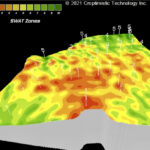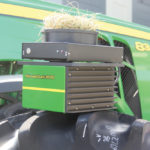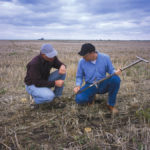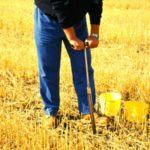
Tag Archives soil testing

Perhaps it’s time to give VRT a second look
Soil tests provide valuable information, variable-rate technology (VRT) can help you manage that

After a dry growing season
While it’s definitely a disappointing and, for some, disastrous year, it’s no time to forget about the soil — farmers are urged to think about soil and nutrient management practices this fall

Les Henry: The EM38 Field Scout
The EM38 always gives the right answer — what that answer means in terms of soil interpretation is up to the user and experience

A real-time soil analysis in minutes
New technology brings diagnostic tool to the field

John Deere adds to HarvestLab 3000
Real-time manure nutrient-sensing feature added

Getting ready for next year’s crop
Q & A with Nutrien Ag Solutions

Herbicide carryover may be high risk
If it was dry after last year’s application, there may be soil-residual herbicides
Les Henry: Peanut scrambles or problem solving?
We need agricultural research, but we also need to fund the right agricultural research

New soil test company on the block
New technology is bringing another way to test the soil on your farm

Five Q and As on soil testing
Here’s what you need to know to make sure your plants have all the right nutrients


